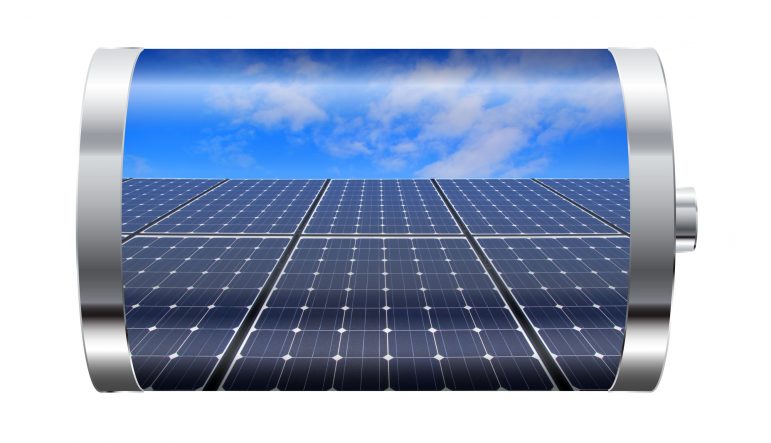4 Environmental benefits of Electric Vehicles
Electric Vehicles (EVs) are not just a mode of transportation that is becoming popular for its technological newness. They are a catalyst for positive change with their environmental benefits, and they offer a compelling solution to mitigate the environmental impact of our mobility. In this article, we will explore what EVs are, what the Hong Kong government has done to promote EV adoption, and finally, the environmental benefits of EVs.
What are Electric Vehicles (EVs)?
Electric Vehicles (EVs) are automobiles that are powered by electricity, either primarily or secondarily. They have electric motors instead of Internal Combustion Engines (ICEs) that run on gasoline or diesel, or they may have both. Regardless, these vehicles therefore have electricity stored in internal, rechargeable batteries, and electricity is their primary source of energy.
Two forms of EVs
EVs come in many different forms, including All-Electric Vehicles (AEVs) and Plug-In Hybrid Electric Vehicles (PHEVs).
All-Electric Vehicles (AEVs) are entirely powered by electricity, and they are also sometimes known as Battery Electric Vehicles (BEVs). They have an onboard battery pack where electrical energy is stored, and electric motors propel the vehicle. AEVs do not have an internal combustion engine, and they therefore produce zero tailpipe emissions.
Plug-In Hybrid Electric Vehicles (PHEVs) have both electric motors and ICEs, and they can be charged by plugging the vehicle into an external power source. When these vehicles are charged, they can operate in electric mode for a certain range, and they can switch over to using their ICE when needed. PHEVs offer a good level of flexibility for car owners as they use both gasoline and electricity, combining the benefits of lower emissions and extended range.
The adoption of EVs in Hong Kong
The Hong Kong government have been making great strides in developing a green and liveable smart city, and the adoption rate of EVs continue to trend upwards. This is due to the many policies and measures set locally to promote EV adoption. For example, there are free EV charging services at government car parks, lower license fees for e-private cars, and a full First Registration Tax (FRT) waiver for e-commercial vehicles alongside profits tax reductions.
The government have also made strides in installing EV chargers and EV charging networks on a structural level, with charging infrastructure built in new buildings. In fact, a 2 billion HKD EV-charging at Home Subsidy Scheme was launched in October 2020 to subsidise the installation of EV charging stations for over 60,000 parking spaces in existing private residential buildings. EV charging networks come in many forms, and they are often purchased through local suppliers such as RS Components.
As of July 2023, the total number of registered EVs is 63,225. About 6.8% of the total number of vehicles in the city are EVs, and the city’s Transport Department has also approved of 243 models from 16 economies.
4environmental benefits of EVs
The electric vehicle is a promising solution that can reduce the environmental impact of transportation. In an age marked by increasing environmental awareness and the urgent need to combat climate change, EVs provide several key benefits, explored below.
Reduction in greenhouse gas emissions
Vehicles with ICEs release carbon dioxide and other pollutants during operation. On the other hand, EVs produce zero tailpipe emissions as they are powered by electricity. This contributes to a reduction in greenhouse gas emissions and air pollution, leading to better air quality with significantly fewer CO2 emissions.
Integration with renewable energy sources
EV owners integrate their driving with renewable energy sources such as solar and wind power to generate electricity, reducing their reliance on fossil fuels. As fossil fuels are finite and can be exhausted in the future, the use of EVs promotes a more sustainable transportation system and energy ecosystem.
Efficient use of energy
Electric motors are inherently more energy-efficient than ICEs, as they convert a higher percentage of electrical energy from the battery into forward motion. This results in less wasted energy and overall better energy utilisation. In turn, it leads to reduced energy consumption and a smaller carbon footprint for vehicle owners.
Lifecycle analysis of EVs
EVs typically have less complex and fewer components, leading to a lower environmental impact during production. When it comes to operations, EVs have lower or zero tailpipe emissions, and the use of electricity from solar or wind power can further enhance their sustainability and reduce greenhouse gas emissions, compared to vehicles that rely on fossil fuels.
Finally, EVs also have a better end-of-life disposal than ICE vehicles. Proper management of EV batteries include recycling and repurposing technologies, which allows manufacturers to minimise waste. On the other hand, ICE vehicles may have hazardous components such as engine fluids and heavy metals. This requires more complicated disposal processes to mitigate their environmental impact.
Another benefit of EVs
On top of having a more positive impact on the environment, EVs also excel compared to ICE vehicles from the perspective of cost.
Lower operating costs
EVs offer several advantages, all of which lead to lower operating costs for the vehicle owner. For example, EVs are significantly more energy-efficient than ICE vehicles, with electricity also being cheaper than petrol on a per-mile basis.
EVs also have fewer moving parts than ICE vehicles. They do not require oil changes or air filter replacements, which are specific to internal combustion engines. While they do require servicing and car battery may experience issues, the maintenance costs are not as high as those for ICEs.
On top of this, the Hong Kong government offer plenty of incentives to tax benefits to promote EV adoption. This includes lower registration fees and dedicated parking spaces, which contribute to a lower operating cost and substantial savings for vehicle owners over time.
Summary and conclusion
EVs have become more widespread on the streets of Hong Kong for good reason. When we fully realise their environmental benefits, on top of their reduced operational costs, they seem to be a frontrunner for the future of vehicles. It is crucial that the government continues to support the growth and adoption of EVs by investing in charging infrastructure and EV technology. With enough forethought and planning, we can substantially reduce the amount of pollution we produce, and we can create a greener future for the next generation.




